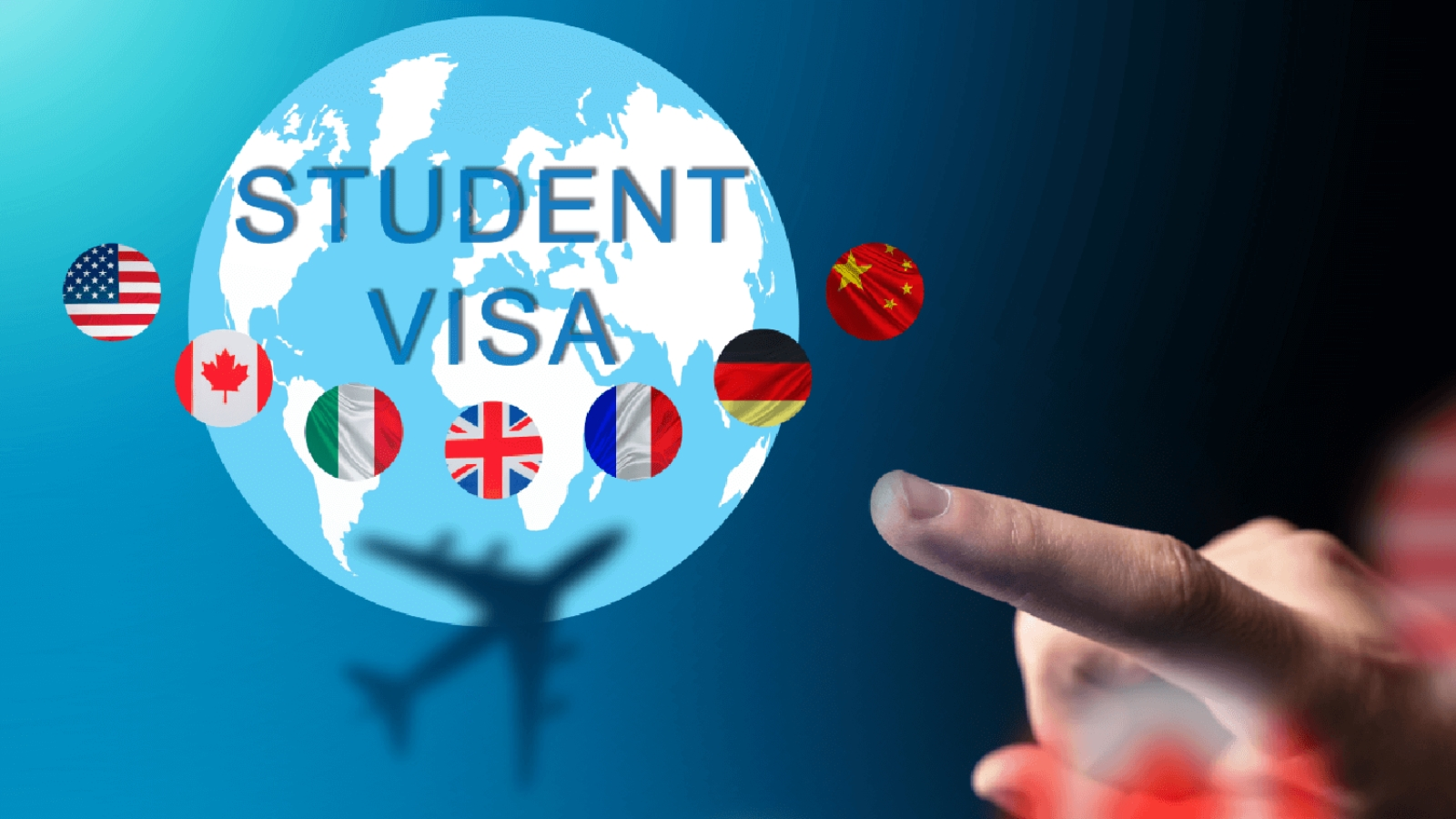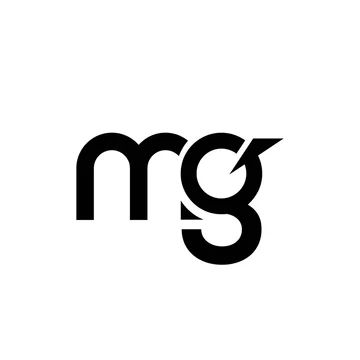How to Apply for a Study Visa: Step-by-Step Process Explained

Studying abroad is a life-changing experience, offering access to high-quality education and global career opportunities. However, before embarking on this journey, you need to secure a study visa. This guide will walk you through the step-by-step process of applying for a study visa, ensuring a smooth application and approval process.
What is a Study Visa?
A study visa is an official document that allows foreign students to reside in another country while pursuing their education. Each country has its own requirements and procedures for granting student visas.
Step-by-Step Process to Apply for a Study Visa
Step 1: Choose Your Destination and Study Program
Before applying for a study visa, decide on:
✅ The country where you want to study.
✅ The university or college that best suits your academic goals.
✅ The course you want to pursue.
Each country has different visa requirements, so make sure you check the specific conditions for your destination.
Step 2: Get Accepted into a Recognized Institution
You must secure admission to a government-approved educational institution before applying for a study visa. Once accepted, you will receive a Letter of Acceptance (LOA) or Confirmation of Enrollment (COE), which is required for your visa application.
Step 3: Gather the Required Documents
Each country has specific visa requirements, but the general documents you need include:
📌 Valid Passport – Ensure your passport is valid for the entire duration of your course.
📌 Letter of Acceptance – Proof of admission from a recognized institution.
📌 Proof of Financial Support – Bank statements, scholarship letters, or sponsorship details showing you can afford tuition and living expenses.
📌 Medical Certificate – Some countries require a health checkup or proof of vaccinations.
📌 Language Proficiency Test Scores – IELTS, TOEFL, or other language tests, if required.
📌 Statement of Purpose (SOP) – A letter explaining why you want to study in that country.
📌 Completed Visa Application Form – Fill out the visa application form accurately.
📌 Visa Application Fee Receipt – Proof of payment for the visa processing fee.
Make sure to check the embassy website of your chosen country for any additional requirements.
Step 4: Fill Out the Study Visa Application Form
Most countries allow online applications through their official immigration websites. Fill out the visa form carefully and double-check all the details before submitting.
Step 5: Pay the Visa Application Fee
Visa application fees vary from country to country. Some examples include:
💰 USA (F-1 Visa): $160
💰 Canada (Study Permit): $150 CAD
💰 UK (Student Visa): £490
💰 Australia (Subclass 500): AUD 710
Ensure you make the payment through the official channels and keep the receipt for reference.
Step 6: Schedule and Attend a Visa Interview (If Required)
Some countries, such as the United States, require students to attend an interview at the embassy or consulate. Here’s how to prepare:
🔹 Dress formally and arrive on time.
🔹 Carry all your documents in an organized manner.
🔹 Answer questions confidently about your study plans, financial situation, and intentions to return to your home country.
Common visa interview questions include:
- Why did you choose this university?
- How will you fund your education?
- What are your plans after graduation?
Step 7: Submit Biometric Information (If Required)
Many countries require biometrics (fingerprints and photos) as part of the visa application process. You may need to visit a visa application center to provide this information.
Step 8: Wait for Visa Processing
Visa processing times vary depending on the country and workload at the embassy. On average:
⏳ USA (F-1 Visa): 3-5 weeks
⏳ Canada (Study Permit): 4-12 weeks
⏳ UK (Student Visa): 3-8 weeks
⏳ Australia (Subclass 500): 4-8 weeks
You can track your application status on the official immigration website of the country you applied to.
Step 9: Receive Your Study Visa
Once approved, you’ll receive your study visa sticker or stamped passport, allowing you to enter the country. Make sure all details on the visa are correct before making travel arrangements.
Step 10: Plan Your Travel and Prepare for Arrival
With your visa approved, it’s time to prepare for your journey:
✈️ Book your flight tickets.
🏠 Arrange accommodation near your university.
📑 Keep important documents handy (passport, visa, admission letter, etc.).
🛂 Learn about customs and immigration procedures at your destination airport.
Tips to Increase Your Study Visa Approval Chances
✔ Apply Early – Don’t wait until the last minute. Start at least 3-6 months before your course begins.
✔ Be Honest – Provide accurate information to avoid rejection.
✔ Have Strong Financial Proof – Ensure your bank statements meet the visa requirements.
✔ Prepare Well for the Interview – Confidence and clear answers can increase approval chances.
✔ Show Ties to Your Home Country – Prove that you plan to return home after studies.
Common Reasons for Study Visa Rejections
❌ Incomplete or Incorrect Documentation – Missing essential documents can lead to rejection.
❌ Insufficient Financial Proof – Inability to prove you can cover tuition and living costs.
❌ Weak Interview Performance – Unclear study plans or failing to answer interview questions confidently.
❌ Poor Academic Records – Low grades or lack of academic qualifications required for the program.
❌ Previous Visa Denials – A history of visa refusals without proper justifications.
If your visa is rejected, you can:
✔ Request the reason for denial.
✔ Fix the issue and reapply with stronger documents.
✔ Seek legal advice if necessary.
Conclusion
Applying for a study visa can seem complex, but by following these steps and preparing well, you can maximize your chances of approval. Start early, stay organized, and make sure to meet all the requirements. With the right approach, you’ll soon be on your way to fulfilling your dream of studying abroad!
Frequently Asked Questions (FAQs)
1. How long does it take to get a study visa?
Processing times vary by country but typically range from 4 to 12 weeks.
2. Can I work while on a study visa?
Yes, many countries allow international students to work part-time (up to 20 hours per week) during their studies.
3. What happens if my visa gets rejected?
You can reapply after addressing the reasons for rejection, such as incomplete documents or weak financial proof.
4. Do all countries require a visa interview?
No, some countries (like Canada and Germany) may not require an interview, but the USA and the UK often do.
5. Can I bring my family on a study visa?
Some countries allow dependent visas for spouses and children, but restrictions apply depending on the destination.


Leave a Reply